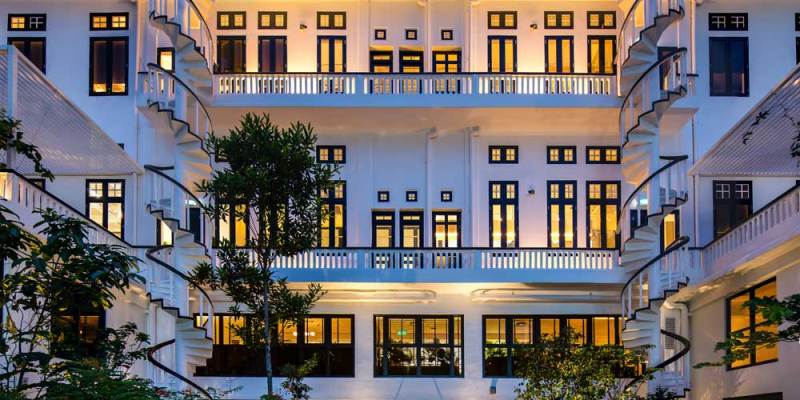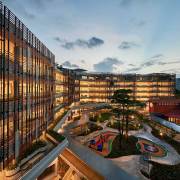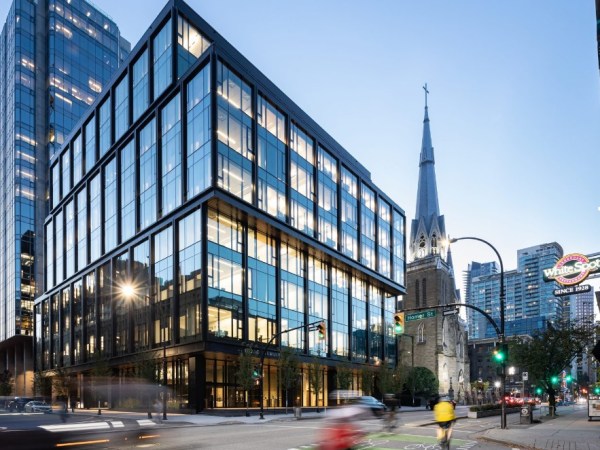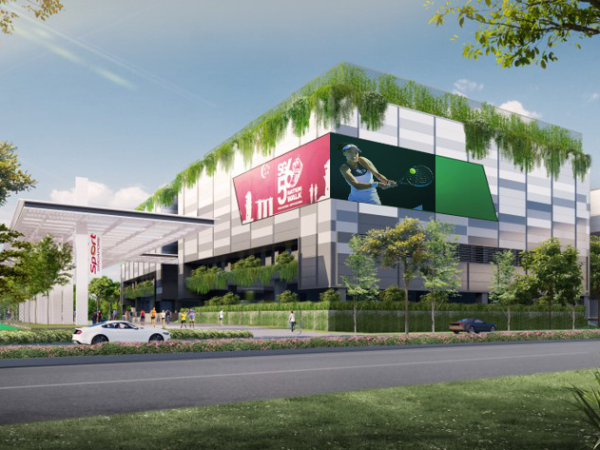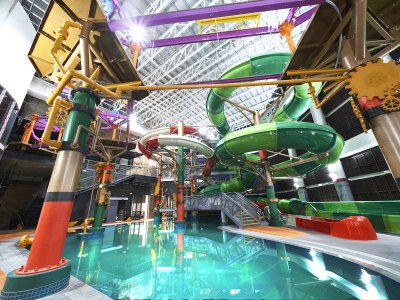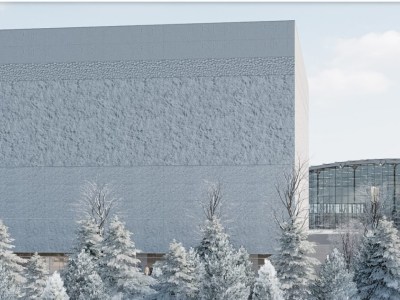Temasek Shophouse’s stunning atrium was featured in a Chinese documentary in Singapore.
Temasek Shophouse has been awarded the 2019 Award for Restoration at the annual URA Architectural Heritage Awards, that recognises exemplary restoration of gazetted heritage buildings. The restoration project was commended for adhering to the three ‘R’ principles of maximum retention, sensitive restoration and careful repair.
Surbana Jurong is the lead multidisciplinary consultant for the project and is involved in the general space planning and architectural design, with Asylum coordinating the bulk of the interior design.
Built in 1928, the gazetted building was unoccupied for nine years and in a state of disrepair. The challenge was to restore the original character of the shophouse that had two distinct architectural languages; Neo-Classical and Edwardian on the building facades. Refurbishment work was done over 18 months. For their green efforts, the building obtained the BCA Green Mark GoldPlus for existing buildings.
“The shophouse had witnessed several key milestones in Singapore’s history, and Surbana Jurong is honoured to be given the opportunity to breathe new life to an otherwise forgotten building. The Award for Restoration at the 2019 URA Architectural Heritage Awards is a recognition of our capabilities in restoration works and we hope to continue to play a key role in preserving the heritage of Singapore’s colonial buildings,” said Yeo Choon Chong, Surbana Jurong’s CEO Singapore.
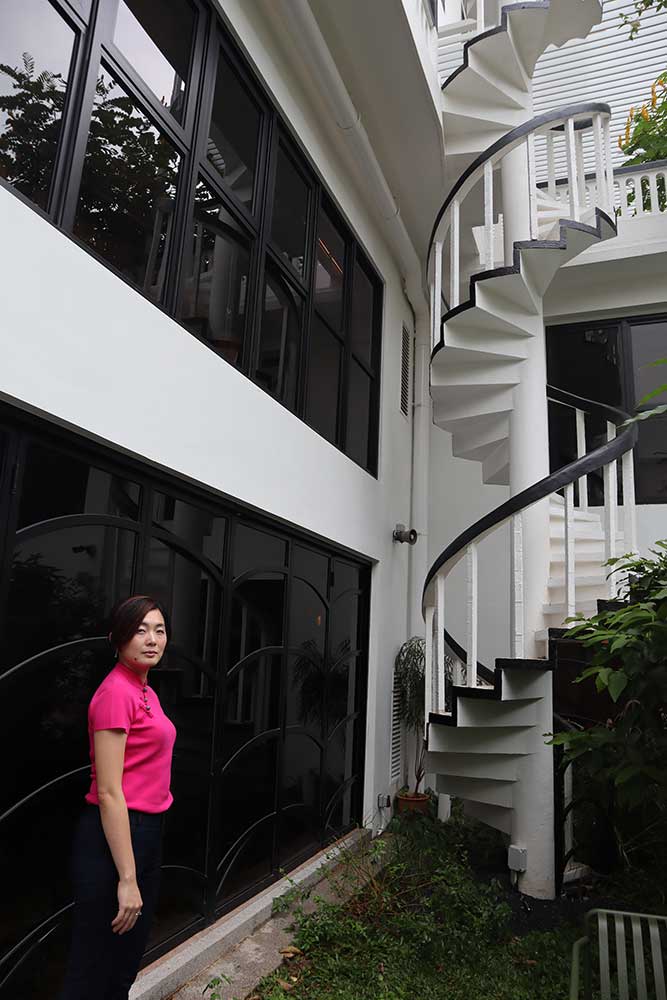
In a Chinese media interview on the refurbishment of the spiral staircase at the rear, Surbana Jurong’s Senior Principal Architect, Ms Ivy Koh (left) noted that the rear of the shophouse was uncovered based on the original 1927 plans. It was covered over the years by different owners for storage use.
“The spiral staircase was one of the earliest recorded spiral staircases in Singapore,” she said.
“During the restoration process, there was careful attention paid to these design features. The spiral staircases were assessed on the extensiveness of damage, restored and thereafter painted in black and white to accentuate its form. The original profiled frames of timber windows, fanlights and doors were retained as much as possible and restored to retain their charm while accommodating new glass type and fittings.”
For architectural buffs, spiral staircases were used in the mid-1920s to allow the night-soil collector, (also known as the night-soil wallah) to access to lavatories on the upper floors. The earliest occurrence of the classic, precast concrete, spiral staircase would seem to be around 1925. Congratulations! Further coverage of the work by Ms Koh and her team can be found here. An interview with Ivy can also be found here.


